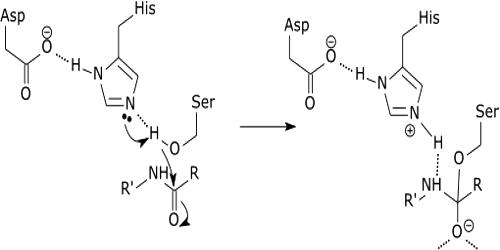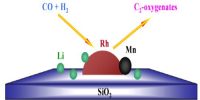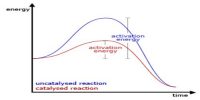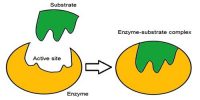Mechanism of Acid-Base Catalysis
The addition of proton or its removal must be associated with acid-base catalysis; this is because for most cases an acid may be treated as a proton donor and a base as proton acceptor. In base catalysis, the base-catalyst lowers the ionization potential of one of the reagents, the proton and electron donor, and thereby lowers the energy of the excited level. Acid catalysis consists in intensifying the electron-accepting properties of the reagent acting as an electron acceptor. A general mechanism may, therefore, be represented as –
AB + H+ → ABH+ → BA + H+
where AB is a molecule undergoing a change in acid solutions, giving a different entity BA. Mutarotation of glucose by H+ or OH– follows the above pattern. In many other reactions involving hydrolysis by acids and bases the same mechanism may be assumed to be followed.
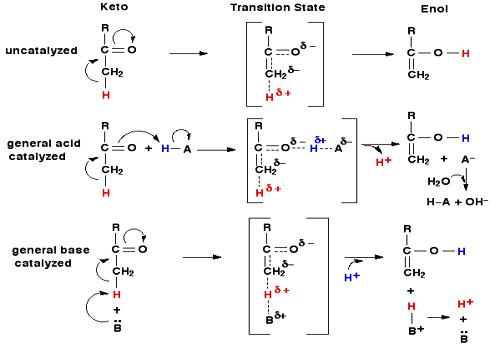
Experimental evidences support that the acid-catalyzed reaction consists of many protonation and deprotonation steps.
Water is known to undergo dissociation giving H+ and OH–. Water itself may, therefore, bring about hydrolysis and it does so. On addition of an acid its proton donating power increases since H+ + H2O → H3O+. Similarly, on addition of a base its proton accepting power increases.
